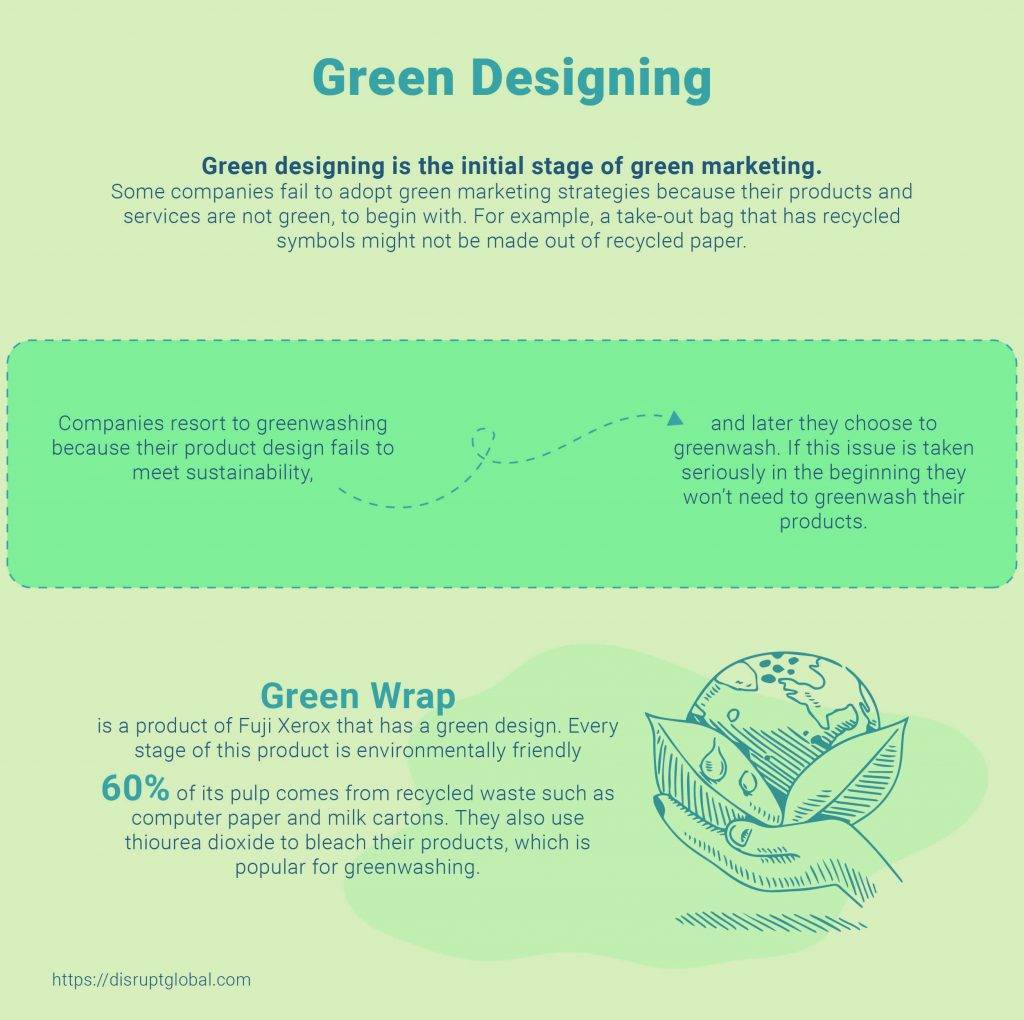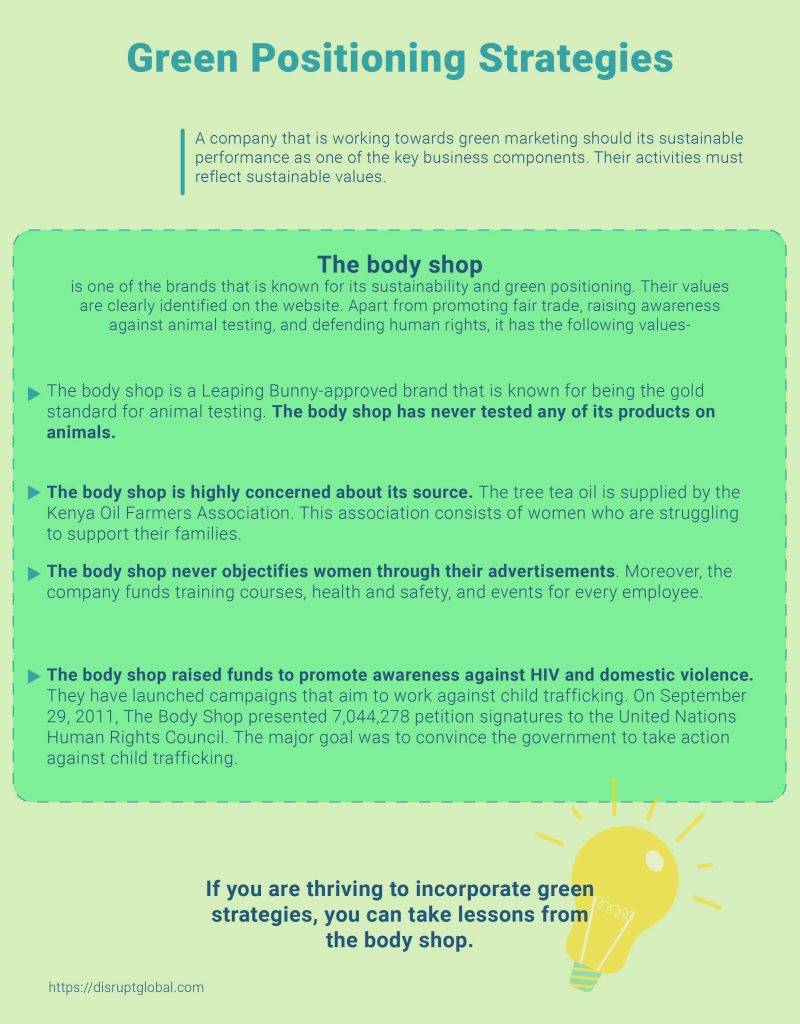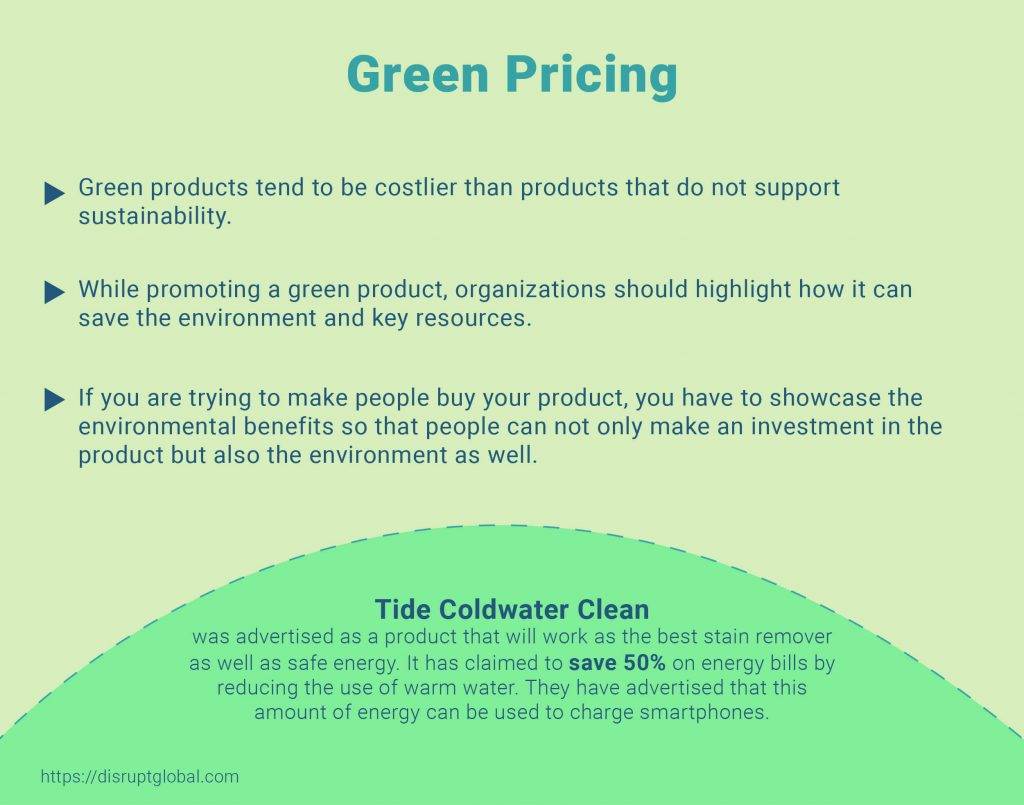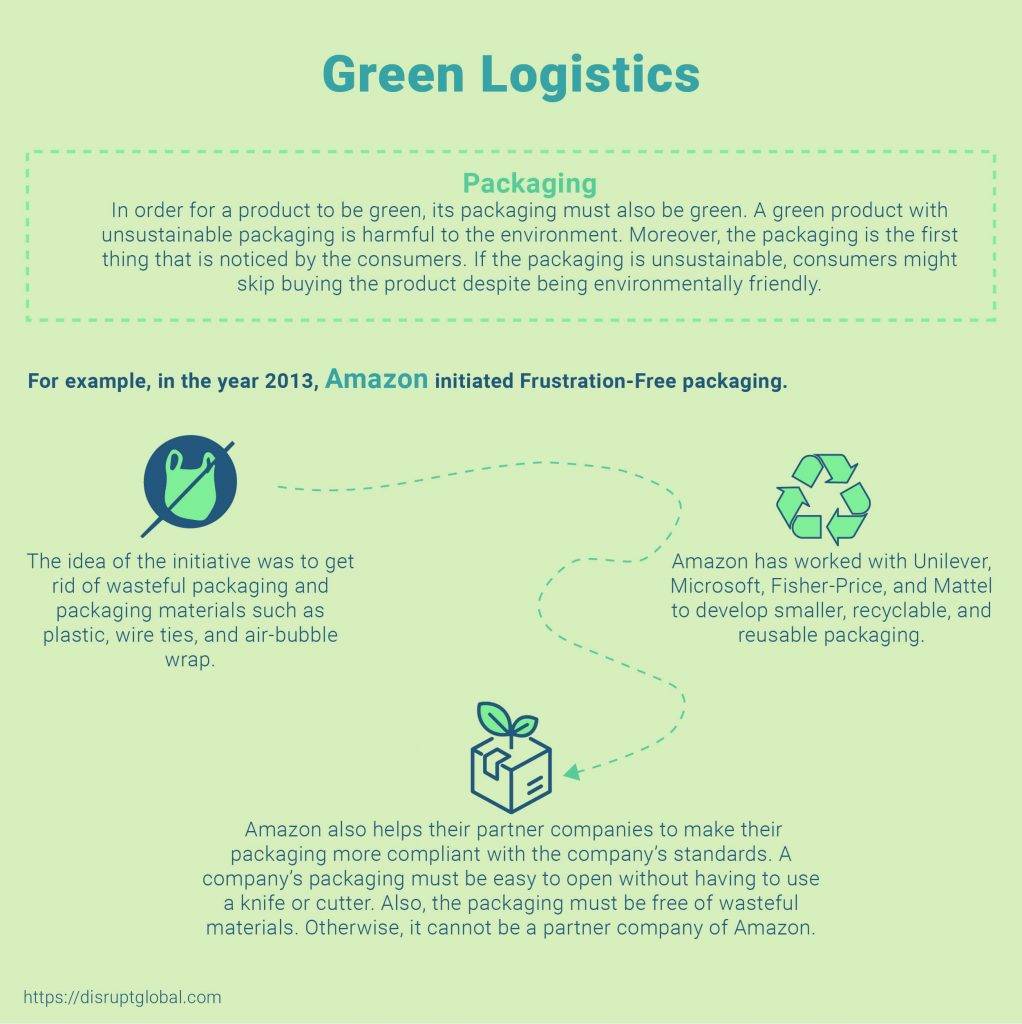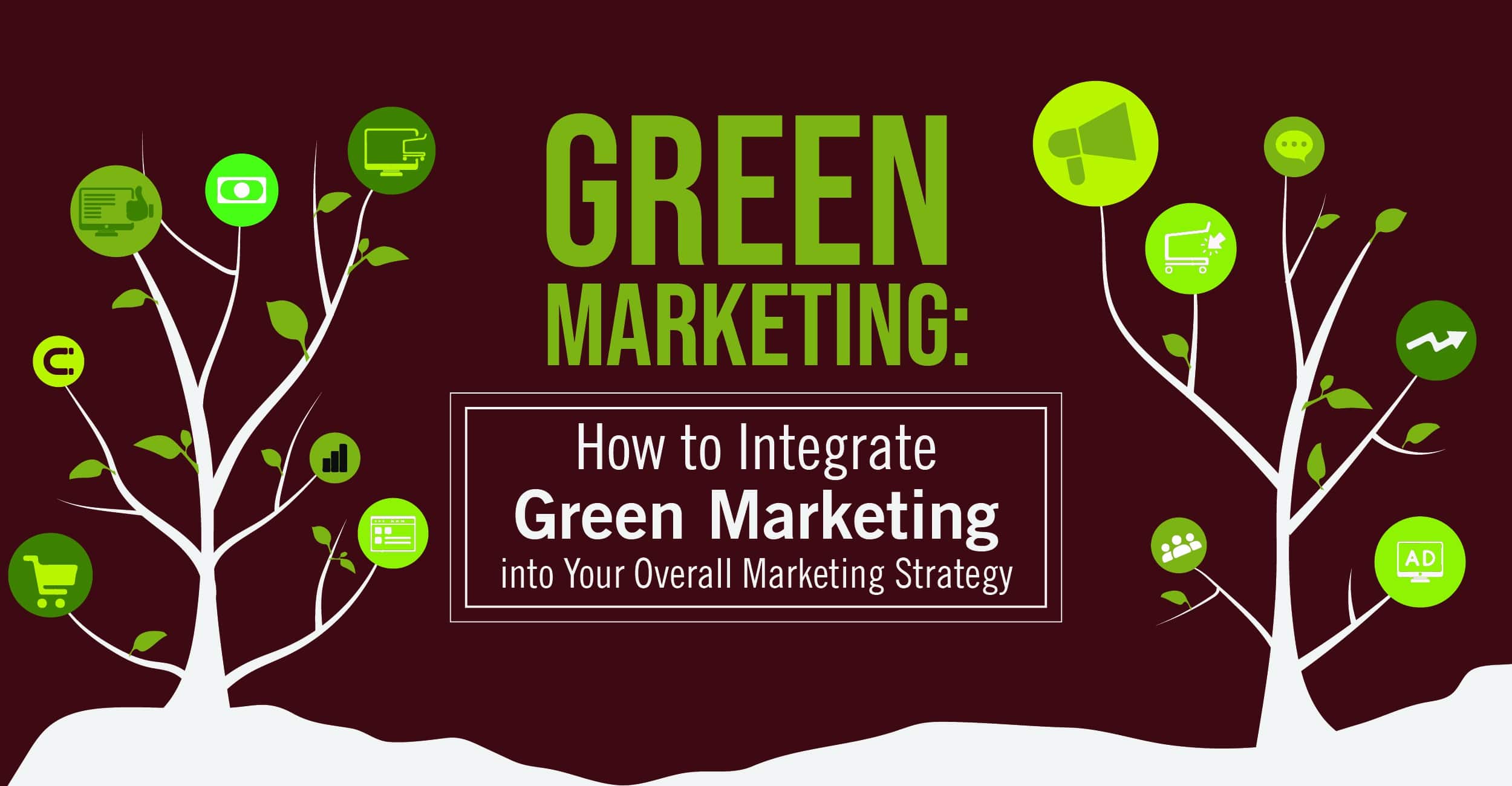
Green Marketing: How to Integrate Green Marketing into Your Overall Marketing Strategy
Posted by. Disrupt Tech. April 6, 2022
In recent times, consumers are prioritizing sustainability. They are more interested in products that are environmentally friendly, better in quality, and affordable. This shift in consumer mindset has led businesses to adopt green marketing. According to research conducted by Nielsen, 55% of consumers are ready to pay more for products that are environmentally friendly.
Having said that, it is extremely important that companies develop green products and adopt green marketing strategies. It will reduce greenwashing and enable them to make bigger profits. Moreover, a company that is environmentally friendly will gain more trust from the consumers.
Now that we have discussed sustainability and green marketing, let’s take a look at how you can integrate green marketing into your overall business and marketing strategies.
Green Designing
Green designing is the initial stage of green marketing. Some companies fail to adopt green marketing strategies because their products and services are not green, to begin with. For example, a take-out bag that has recycled symbols might not be made out of recycled paper.
Companies resort to greenwashing because their product design fails to meet sustainability, and later they choose to greenwash. If this issue is taken seriously in the beginning they won’t need to greenwash their products.
For example, Green Wrap is a product of Fuji Xerox that has a green design. Every stage of this product is environmentally friendly. According to their website,
“The green wrap is part of an overall commitment to the environment and [its] long-term strategy of developing high-performance waste-free products within waste-free offices.”
60% of its pulp comes from recycled waste such as computer paper and milk cartons. They also use thiourea dioxide to bleach their products, which is popular for greenwashing.
Green Positioning Strategies
A company that is working towards green marketing should its sustainable performance as one of the key business components. Their activities must reflect sustainable values. Organizations that make their employees work in unhealthy conditions, cannot claim themselves to be sustainable. In short, they cannot practice unsustainable business practices. It will ruin their credibility.
The body shop is one of the brands that is known for its sustainability and green positioning. Their values are clearly identified on the website. Apart from promoting fair trade, raising awareness against animal testing, and defending human rights, it has the following values-
- The body shop is a Leaping Bunny-approved brand that is known for being the gold standard for animal testing. The body shop has never tested any of its products on animals.
- The body shop is highly concerned about its source. The tree tea oil is supplied by the Kenya Oil Farmers Association. This association consists of women who are struggling to support their families.
- The body shop never objectifies women through their advertisements. Moreover, the company funds training courses, health and safety, and events for every employee.
- The body shop raised funds to promote awareness against HIV and domestic violence. They have launched campaigns that aim to work against child trafficking. On September 29, 2011, The Body Shop presented 7,044,278 petition signatures to the United Nations Human Rights Council. The major goal was to convince the government to take action against child trafficking.
These are the strategies that the body shop follows to position them as a brand that promotes green marketing. If you are thriving to incorporate green strategies, you can take lessons from the body shop.
Green Pricing
Green products tend to be costlier than products that do not support sustainability. While promoting a green product, organizations should highlight how it can save the environment and key resources.
For example, a car brand can promote itself as a fuel-efficient car company compared to other brands in the market. In this way, it can allow consumers to participate in sustainability. It will help them to realize that choosing this brand can allow them to make an investment in a product that will save resources in the long run. They will refrain from making short-term investments in products that are not environmentally friendly.
For Example, Tide Coldwater Clean was advertised as a product that will work as the best stain remover as well as safe energy. It has claimed to save 50% on energy bills by reducing the use of warm water. They have advertised that this amount of energy can be used to charge smartphones.
If you are trying to make people buy your product, you have to showcase the environmental benefits so that people can not only make an investment in the product but also the environment as well.
Green Logistics
In order for a product to be green, its packaging must also be green. A green product with unsustainable packaging is harmful to the environment. Moreover, the packaging is the first thing that is noticed by the consumers. If the packaging is unsustainable, consumers might skip buying the product despite being environmentally friendly.
For example, in the year 2013, Amazon initiated Frustration-Free packaging. It took five years for Amazon to come up with the idea. The idea of the initiative was to get rid of wasteful packaging and packaging materials such as plastic, wire ties, and air-bubble wrap. Amazon has worked with Unilever, Microsoft, Fisher-Price, and Mattel to develop smaller, recyclable, and reusable packaging.
However, Amazon also helps their partner companies to make their packaging more compliant with the company’s standards. A company’s packaging must be easy to open without having to use a knife or cutter. Also, the packaging must be free of wasteful materials. Otherwise, it cannot be a partner company of Amazon.
Green Disposal
From design to disposal, an effective green marketing strategy takes everything into consideration. The strategy must be visible in every stage of the product life cycle. For a product to be sustainable, its disposal must be sustainable. Unsustainable disposal practices and harm both humans and the environment.
Singapore’s National Environment Agency (NEA) launched a two-year food waste recycling program in January 2016 at two hawker centers. These are-
- Ang Mo Kio Blk 628 Market and
- Tiong Bahru Market.
Having said that, food waste has become a major concern in Singapore. In 2014, the country produced 788,600 tons of food waste. Also, only as much as 13% (101,400 tons) was recycled. The rest was either deposited in landfills. This whole situation has increased Singapore’s carbon emissions.
However, the food recycling machine that is installed at Ang Mo Kio Blk 628 Market can convert food into water in 24 hours. According to a report by National Environment Agency (NEA), it has reduced food waste by 80%.
Green marketing is a way of surviving in the competitive market. An unsustainable way might be inexpensive, convenient, and fast, but it can cause g=harm to the environment as well as can cost the company reputation. For example, US Environmental Protection Agency (EPA) found out that a car manufacturing company named Volkswagen installed a device in its vehicles to cheat on emissions tests. This unethical practice has cost the company USD18.28 billion, as well as the faith of consumers.There’s no doubt that adopting green marketing strategies is vital. If you are planning to create an effective green marketing plan, you can download the diagram and follow it accordingly.
